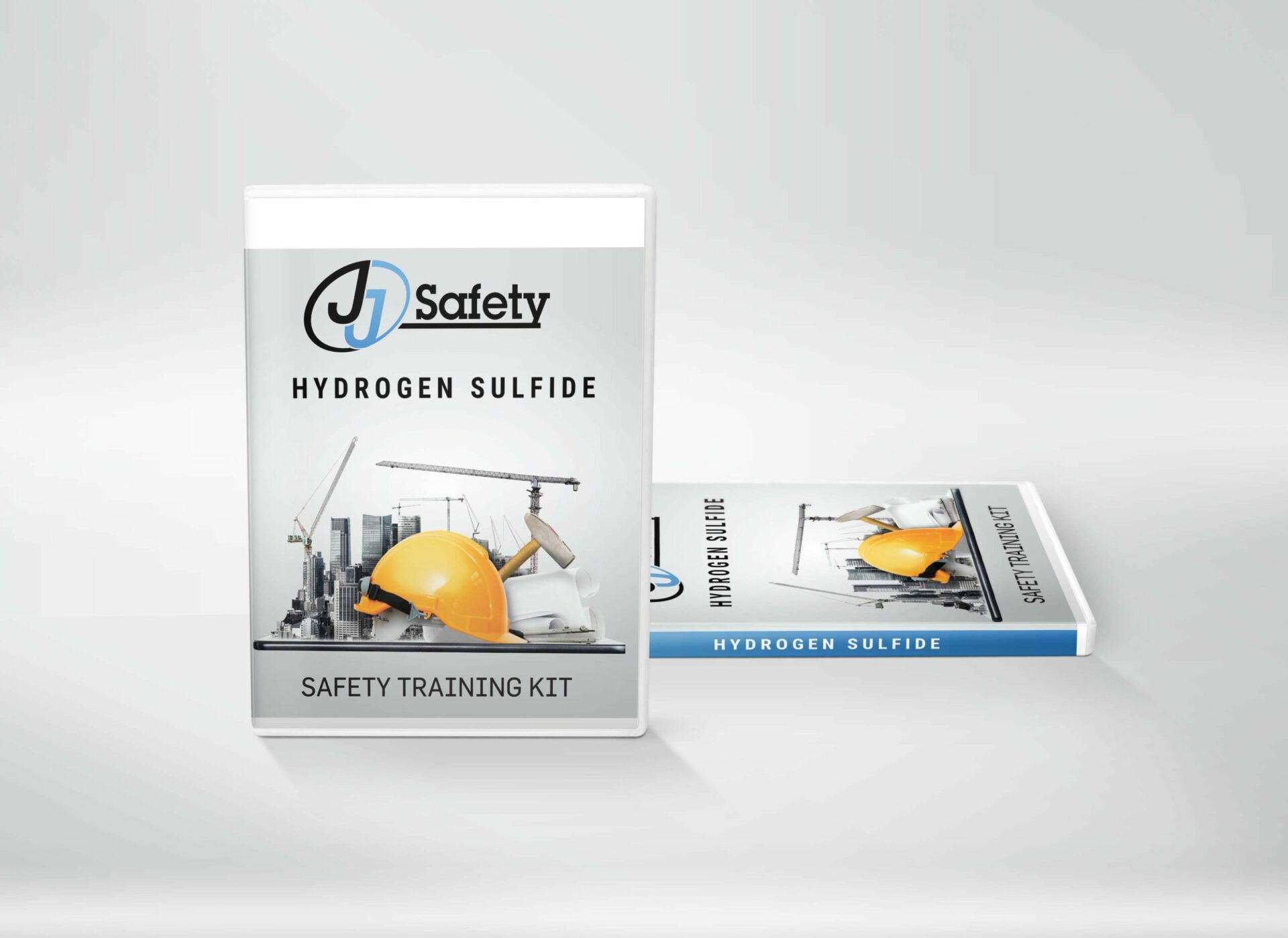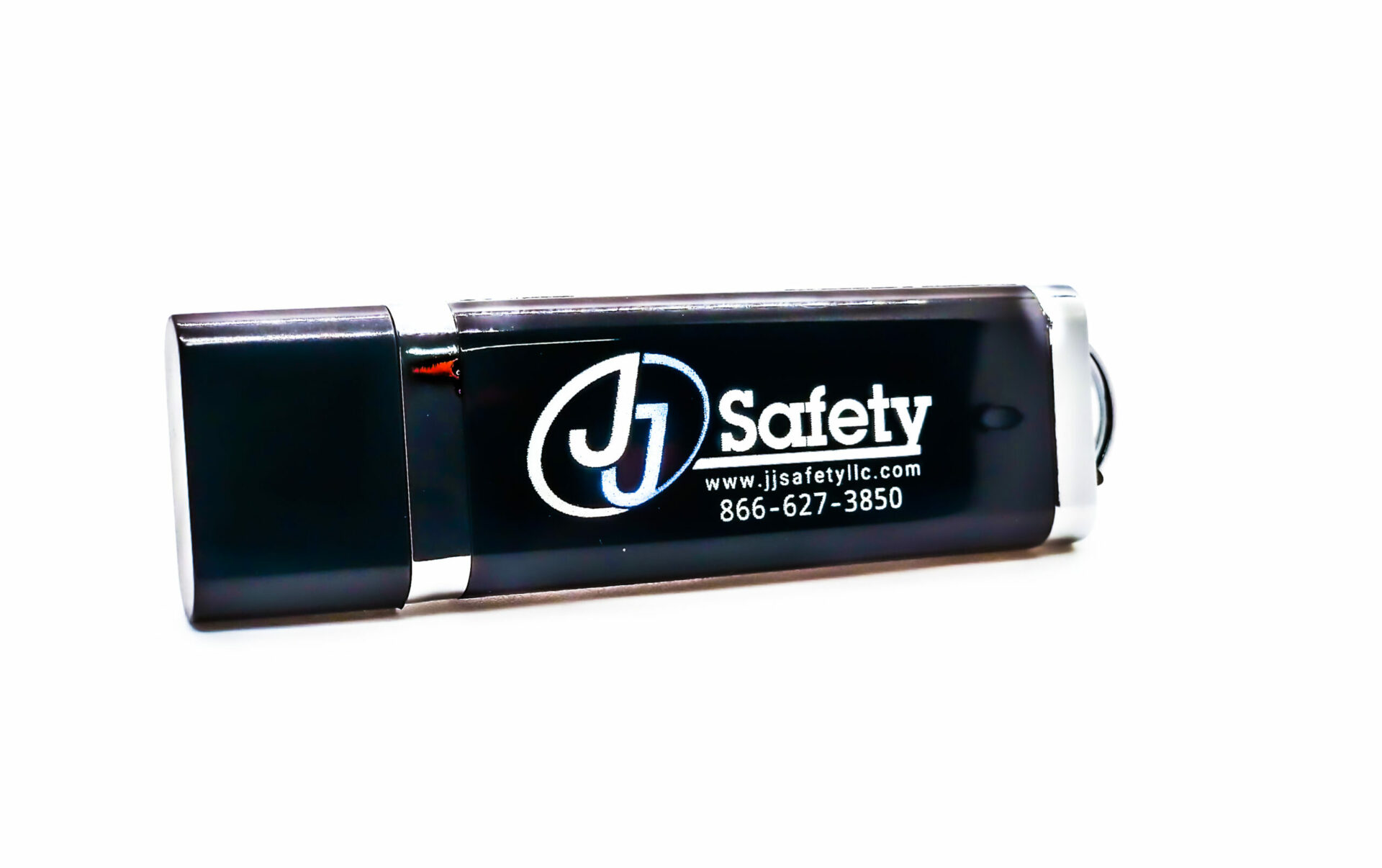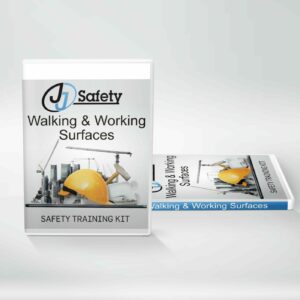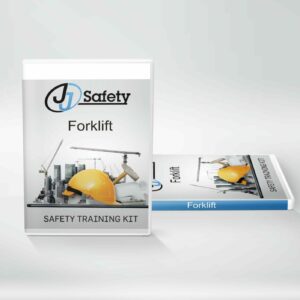Sub-Title:
Certification for General Duty Clause, Section 5(a)(1) of the Occupational Safety and Health Act of 1970, 1910 Subpart G- Occupational Health and Environmental Control, 1910 Subpart I- Personal Protective Equipment, 1910 Subpart J- General Environmental Controls, 1910 Subpart Z- Toxic and Hazardous Substances, 1926 Subpart D- Gases, vapors, fumes, dusts, and mists, 1926 Subpart S- Underground Construction, 1910.1000 TABLE Z-2
Government Regulations:
1910 Subpart G- Occupational Health and Environmental Control, 1910 Subpart I- Personal Protective Equipment, 1910 Subpart J- General Environmental Controls, 1910 Subpart Z- Toxic and Hazardous Substances, 1926 Subpart D- Gases, vapors, fumes, dusts, and mists, 1926 Subpart S- Underground Construction, 1910.1000 TABLE Z-2
Who Needs this Training?
According to OSHA All employees working in these areas:
- Those who work on jobsites and may exposed to H2S.
- Workers that may be involved in work types that may have an H2S release.
- Those that train or modify training exposures.
- Those that are new to the jobsite.
Dangers of Remaining Uncertified
Worksites can be very dangerous. It is important to recognize exposures.
Without proper training:
You will not know how to use PPE
Won’t understand the H2S dangers.
You will not be able to respond to an exposure
Included Topics
By the end of this course we will have covered the following topics:
Introduction-0:24
Topic 1 Introduction to H2S-6:11
Topic 2 Permissible Exposure Limit-5:12
Topic 3 Evaluating and Controlling Expose-4:10
Topic 4 Respiratory Protection-3:03
Topic 5 Confined Space Entry -1:10
Topic 6 Monitoring and Emergency Procedures-3:17
Topic 7 Additional Safety Considerationsn-1:08
Summary-0:34
Course Layout
Course format consists of video instruction, intermediate quizzes, and Final Knowledge Check
Course Duration
A minimum of 45 minutes is required to complete this course.
Recertification
When an employer has reason to believe that an affected worker does not recognize existing hazards or proper precautions at some point after the initial training, the employer is required to provide retraining for that worker, in accordance with 29 CFR 1926 and 29 CFR 1910. For example, workers must be retrained when:
- Changes in the workplace render previous training obsolete.
- Incidents occur on site.
- Inadequacies in workers’ knowledge or hazard precautions indicate that they do not adequately understand training.






Reviews
There are no reviews yet.